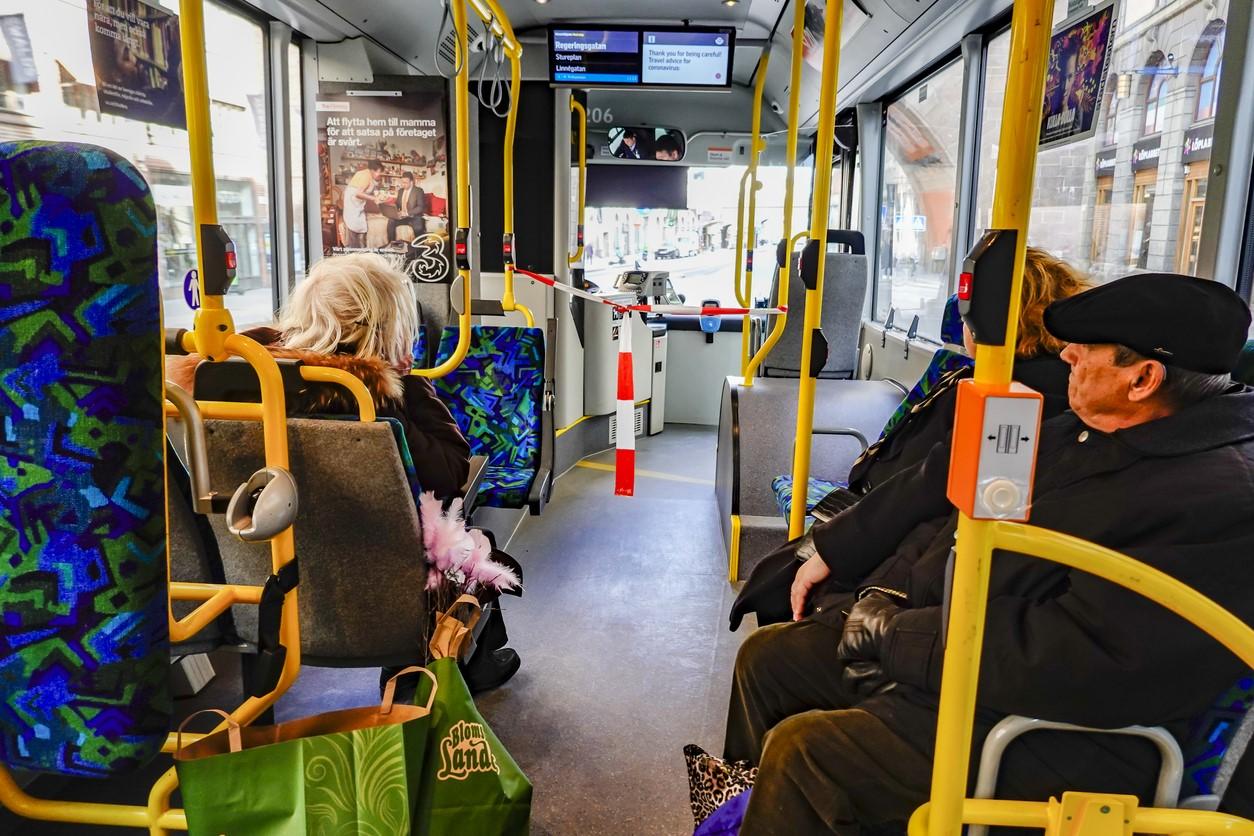Of all essential workers in Sweden in the first year of the COVID-19 pandemic, healthcare professionals and immigrants were at highest risk for infection, hospitalization, and admission to an intensive care unit (ICU), according to a study late last week in the Journal of Epidemiology & Community Health.
University of Gothenburg researchers analyzed the occupational data of 326,052 essential workers from 2018 and 2019 who lived in Sweden as of Jan 1, 2020, and were included in a nationwide COVID-19 database from Jan 1, 2020, to Feb 28, 2021. Average worker age was 43 years, half were women, 18% were foreign-born, and 28% worked in essential occupations.
The investigators compared the risk of infection, hospital admission, and ICU admission among occupational groups and in four groups of Swedish- or foreign-born workers, adjusting for socioeconomic and sociodemographic factors and underlying illnesses. The study was part of a larger observational study involving multiple national COVID-19 registries.
In stark contrast to most Western countries, Sweden went with a "business-as-usual" approach to the pandemic, avoiding lockdowns and face-covering mandates and conducting school in person, a move that backfired, with a much higher COVID-19 death rate than its Nordic neighbors experienced.
Foreign- vs Swedish-born workers
Among the 326,052 employees, 29,797 (9.1%) tested positive for COVID-19, of whom 1,069 (3.6%) were hospitalized, and 152 (0.5%) were admitted to an ICU. While all essential workers had an elevated risk of all three studied outcomes, healthcare professionals were at the highest risk.
Incidence of COVID-19 infection among foreign-born workers was 100.0 per 1,000 person-years, while it was 6.3 for hospitalization and 0.8 for ICU admission. In contrast, rates for Sweden-born workers were 75.8 for infection, 2.0 for hospitalization, and 0.3 for ICU admission.
Compared with Swedish-born workers in nonessential occupations, foreign-born workers in essential positions were at 1.85 times higher risk for COVID-19 infection, 3.80 times the risk of hospitalization, and 3.79 times the risk of ICU admission. Corresponding risks among Swedish-born workers in essential roles were 1.44 for infection, 1.30 for hospitalization, and 1.46 for ICU admission.
"The joint effect of occupation and immigrant status in association with COVID-19 diagnosis and hospitalisation was larger than the sum of the estimated effect of occupation alone and immigrant status alone, that is, that some proportion of health effects was beyond what would be expected from independent risks," the study authors wrote.
'A double burden of risk'
Essential workers, including those in the healthcare, service, security, transportation, and cleaning roles, are known to be at elevated risk for COVID-19. The researchers noted that immigrants fill many of these roles in Western countries, with higher proportions of foreign-born workers in Sweden occupying essential roles during the study period than those born in Sweden (38% vs 26%).
These types of jobs often demand in-person presence, with less possibility of physical distancing and poor access to adequate personal protective equipment. "Because foreign-born individuals more commonly have temporary employments and lower income, the fear of losing their jobs could pressure them to continue working while unwell, thus increasing their risk of poor health outcomes," the researchers wrote, adding that these workers may be more likely to rely on public transportation and face its attendant risks, as well.
Of all essential occupations, healthcare carried the highest risk for COVID-19 infection, followed by teachers, service workers, and "other" roles. The risk for hospitalization and ICU admission were elevated only for healthcare workers and other roles; teachers and service workers were not at significantly higher risk.
"These findings were little influenced by additional adjustments for individual characteristics known to be risk factors for COVID-19, which suggests a need for further exploration of possible mechanistic factors underpinning the findings," the authors wrote.
They added that the study "underscores the importance of ensuring that COVID-19-related infection protection measures are tailored to meet the needs of foreign-born workers in essential occupations who tend to bear a double burden of risk because of their socioeconomic status."






















